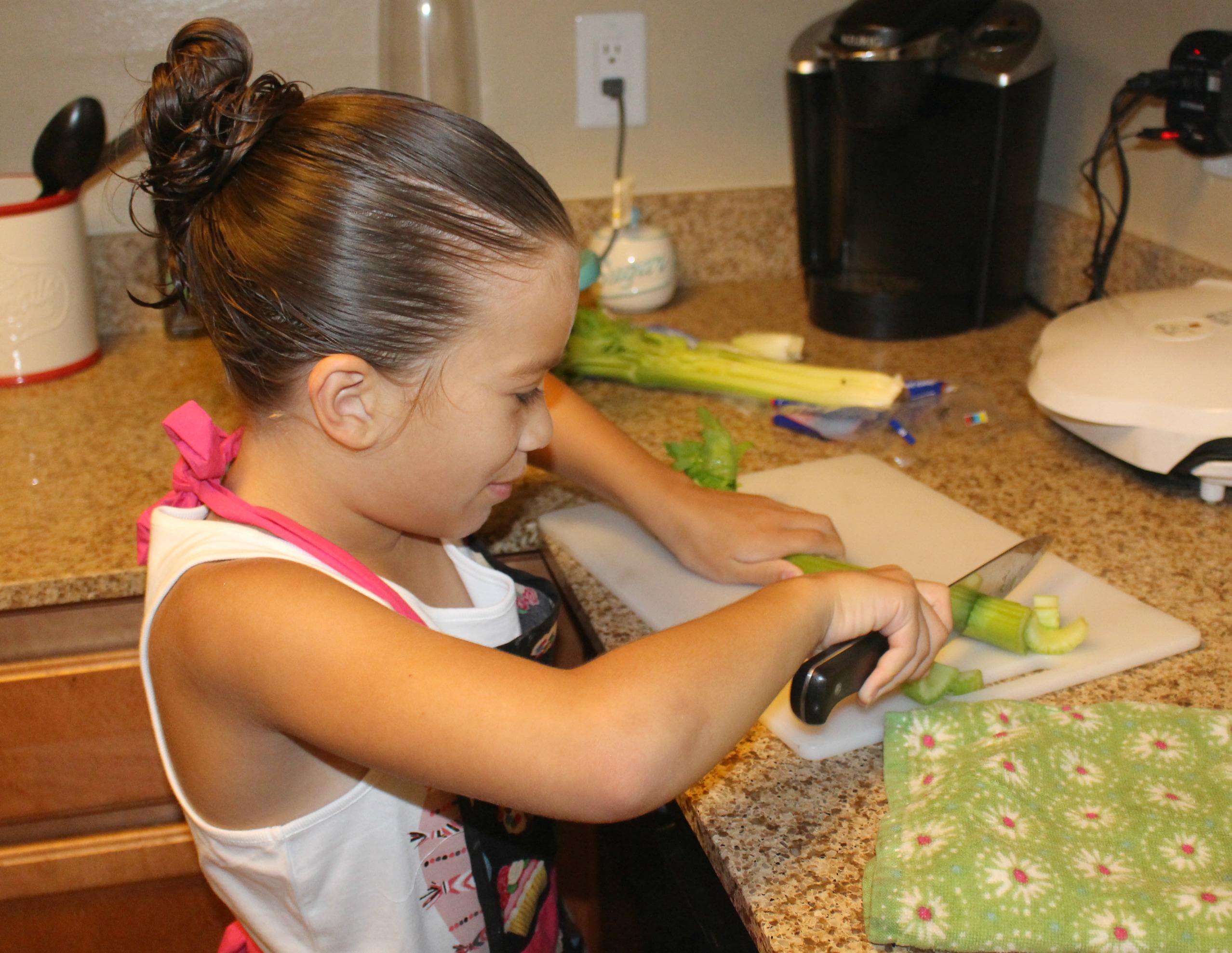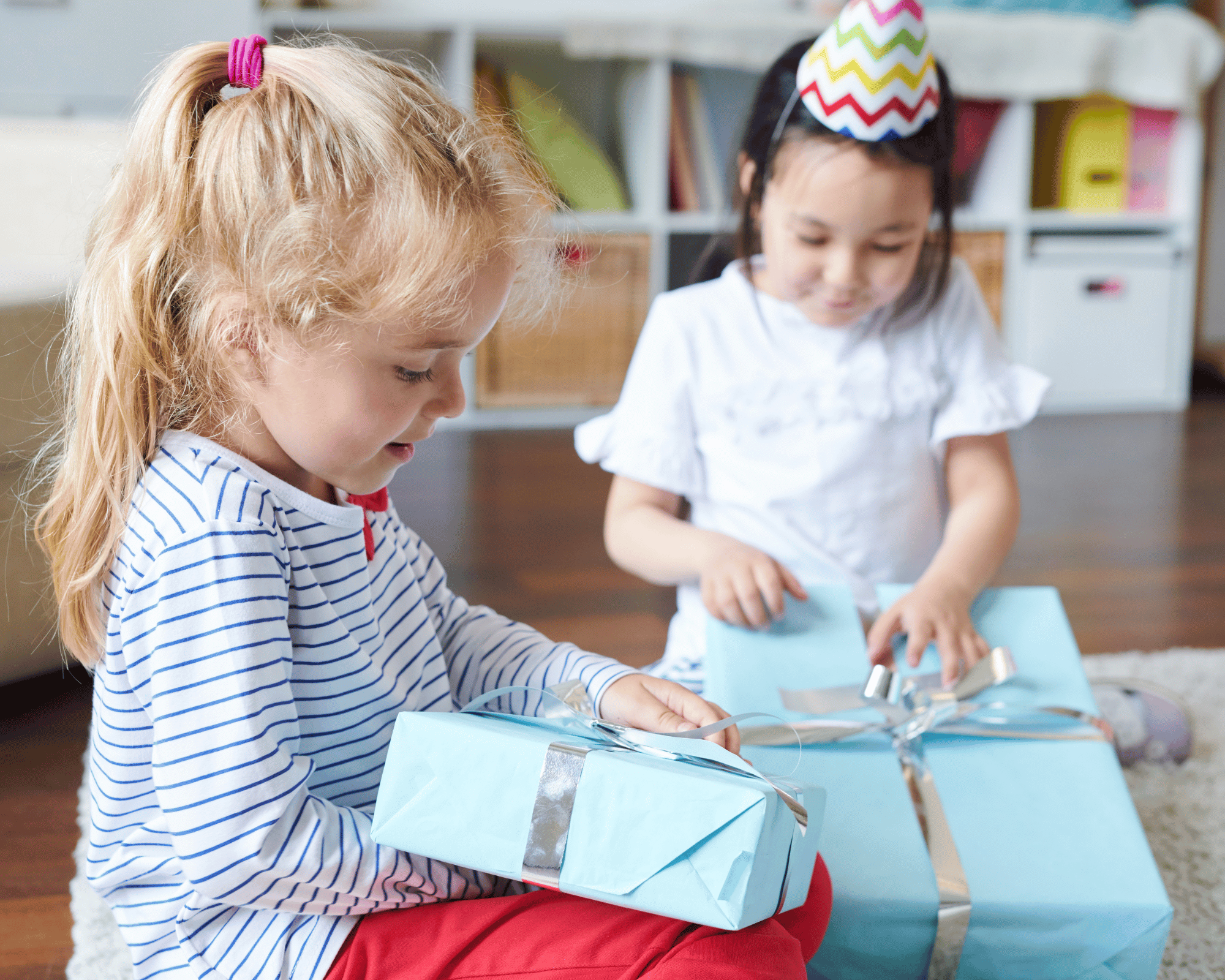The Best Guide For Moving with Kids

Moving homes is inherently challenging, but when you add kids into the mix, the difficulty level might increase significantly. It’s no longer just about packing boxes and renting trucks; it’s about managing emotions and expectations, especially for the younger members of the family. This is particularly true for families leaving places like New Jersey, renowned for its stunning beaches and vibrant outdoor lifestyle, which can leave both adults and children feeling the emotional weight of what they’re leaving behind.
This guide is designed to simplify your move, minimize stress, and ensure your entire family, especially the kids, can transition smoothly into your new home. With practical tips on everything from hiring movers to keeping routines intact, we aim to make your move as seamless as possible.
Start with a Plan: Timing and Checklists
Planning is paramount when moving with kids. Choosing the right time to move can make a significant difference; ideally, this would be during the summer months when the school year has ended, reducing disruption to their education and social life. Creating a detailed checklist that includes tasks like sorting belongings, notifying schools, setting up new enrollments, and handling utilities can keep you organized and reduce last-minute rushes that could increase stress for everyone.
Hiring Professional Movers in New Jersey
In densely populated areas like New Jersey, where traffic congestion can turn a simple move into a logistical nightmare, hiring professional movers can be a game-changer. Professional, New Jersey local movers can handle the heavy lifting and transportation efficiently, freeing you to focus on your children’s needs during the move. By delegating the physical tasks of moving, parents can spend more time helping their children adjust emotionally to their new environment, discussing their feelings, and addressing any concerns they may have about the change.
Communicating with Your Children
Open communication is crucial when moving with kids. It’s important to talk about the move early and honestly, including them in discussions about where you’re moving and why. This can help alleviate fears and build their enthusiasm for the new adventures ahead. Let them express their feelings and concerns. For younger children, books about moving can help them visualize and understand the process.
Visiting the New Home Before the Move
If possible, visiting the new home and neighborhood with your children before the move can ease much of the anxiety associated with the unknown. A familiarization trip to the new area can be exciting, giving them something to look forward to. Show them local attractions, parks, and schools, and if possible, let them see their new home and choose which room will be theirs. This involvement can make the new environment feel more like a chosen adventure rather than an imposed change.
Keeping Routines Intact
During a move, keeping your child’s daily routines intact as much as possible can provide a sense of stability. Try to maintain regular meal times, bedtimes, and leisure activities. If you typically read a story before bed, continue this tradition throughout the moving process. Such continuity is comforting for children and helps ground them in familiarity even when their surroundings are about to change.
Packing Tips for Families
Efficient packing is crucial when relocating with children. Start by decluttering and donating items that are no longer needed, which will simplify the moving process. When packing, involve children by allowing them to pack some of their own belongings, which can help them feel part of the process and more in control. Use clear, labeled boxes for children’s items so they can be easily identified and unpacked first in the new home. Keep essential items like favorite toys, snacks, and bedding in a separate, easily accessible bag to ensure comfort and minimize disruptions during the first few nights.
Making the Travel Fun
The actual journey to the new home can be turned into an enjoyable adventure. Prepare a travel kit for each child with items that will keep them entertained, such as books, games, and tablets loaded with movies and apps. Plan for regular stops along the way so that everyone (including yourself) can stretch their legs and let children burn off some energy. If the journey is long, consider fun pit stops at interesting landmarks or play areas. These activities not only make the trip more enjoyable but also help break up the monotony of travel, keeping spirits high.
Setting Up the New Home
Upon arrival at the new home, prioritize setting up spaces that are important to your children. Assemble their rooms first to give them a personal space where they feel settled and secure. This can significantly help in their adjustment to a new environment. Involve children in the setup of their rooms, such as arranging their furniture or deciding where their toys should go. This involvement can make the new place feel like home more quickly and help alleviate feelings of loss for their previous home.
Exploring the New Area
Once you are somewhat settled, take the time to explore the new neighborhood with your children. Discover local parks, libraries, community centers, and other attractions that can offer enjoyable activities for your family. Enrolling children in local clubs or classes can also help them make friends and integrate more easily. The quicker children feel a part of their new community, the easier the transition will be.
Emotional Support and Professional Help
Monitor how your children are adjusting both before and after the move. Look for signs of stress or anxiety, such as changes in behavior, sleep patterns, or appetite. Keep communication open, allowing children to express their feelings about the move and any challenges they are facing. If a child struggles significantly with the transition, consider seeking the help of a counselor or psychologist who can provide professional support and strategies to manage their anxiety.
Conclusion
Moving with children requires careful planning, but by focusing on the logistics and emotional needs of your children, you can facilitate a smoother transition. Remember, the goal is not just to move to a new house but to transition your family into a new home and community where everyone can thrive. By taking these steps, you ensure that your children feel secure, involved, and excited about their new surroundings, paving the way for a happy, healthy adjustment to a new chapter in your lives.







